Strategic Placement of House Wrap with Halo’s Exterra for Enhanced Building Protection
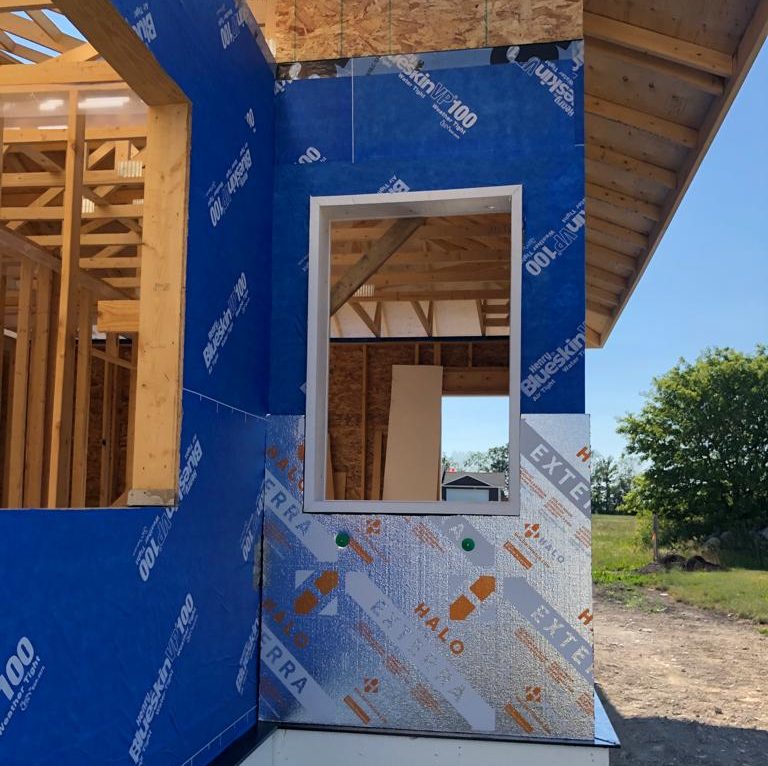
In 2024, optimizing your home’s insulation and moisture barrier strategies remains crucial, particularly when considering Halo’s Exterra as a pivotal component of your construction approach. Exterra has proven to be an effective standalone option for wall insulation and moisture protection. Yet, the addition of house wrap in conjunction with Exterra continues to be a popular […]
Why my Net Zero Energy Ready House Failed from a Sustainability Perspective
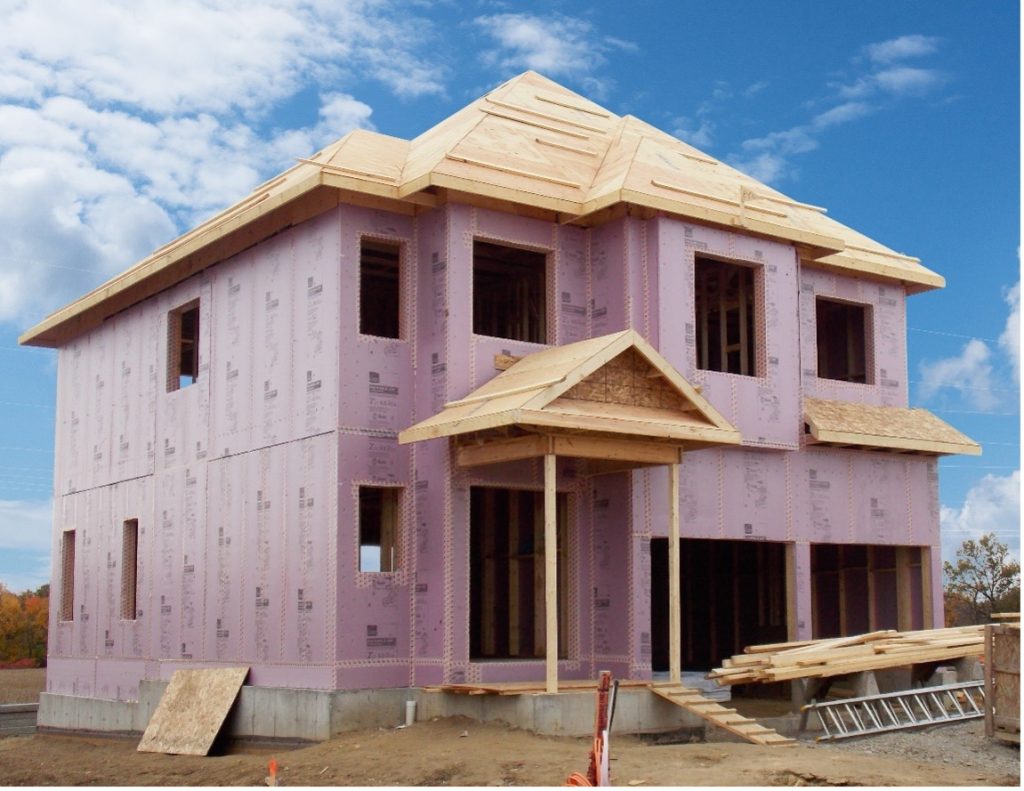
Fresh out of university I landed a challenging and exciting role with a leading global insulation manufacturer. Through almost a decade with the company I learned a tremendous amount that help shaped my career in terms of my values and the voice for change that I wanted to have in the construction industry. A few […]
How to Determine The Correct Foam Board Insulation Thickness For Your Project?
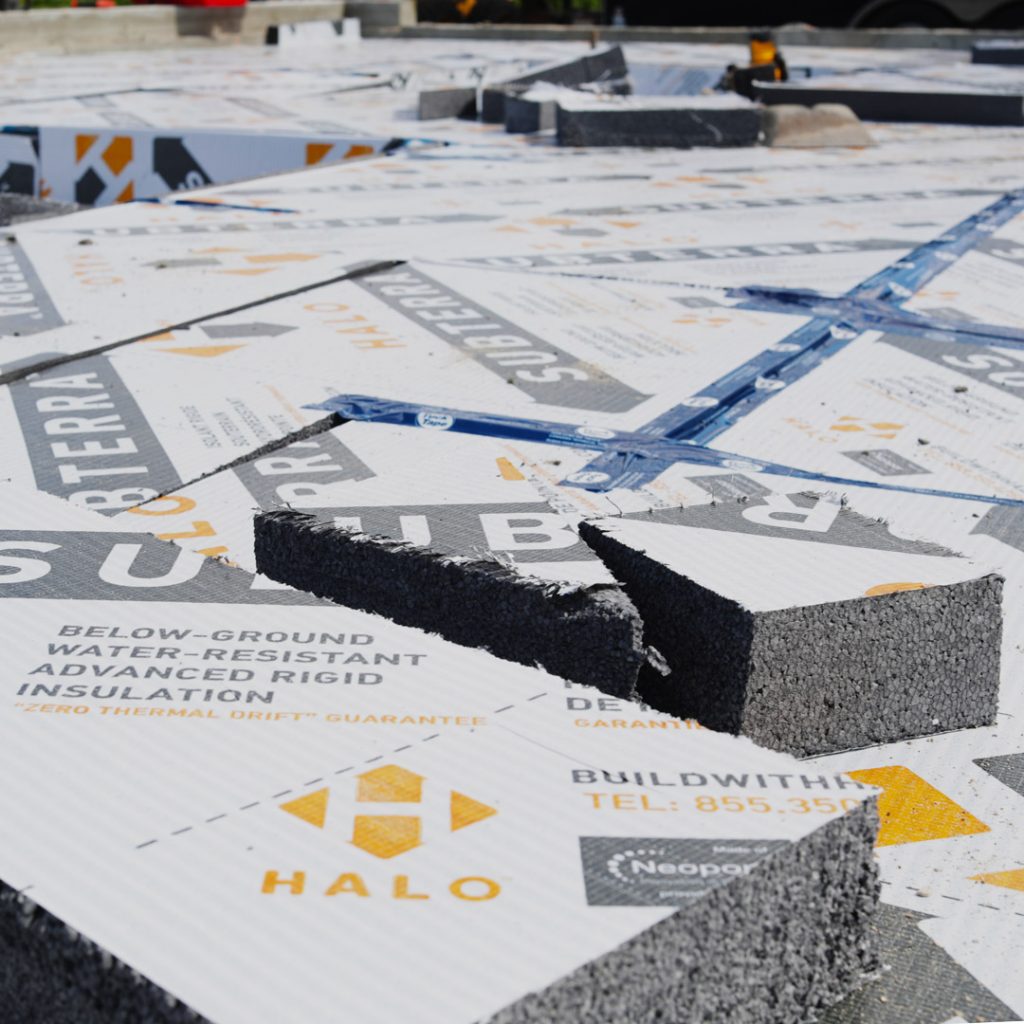
Foam board insulation is an essential component in any wall assembly — it boosts R-values, helps manage moisture build up in the wall cavity and eliminates thermal bridging. But how thick should your layer of rigid insulation be? The answer hinges on nine general factors that determine the required thickness of foam board insulation on […]
Where Should Halo Interra Be Installed When Insulating a Roof?
Where Should Halo Interra Be Installed When Insulating a Roof? Halo Interra should be installed on the underside of the ceiling joists when insulating a roof. Such placement is ideal because fastening the Interra panels to the joists’ underside is the simplest way to insulate a roof. In contrast, installing the foam boards on top […]
Is Foam Board Insulation Flammable?

Yes, foam board insulation is flammable. However, Neopor’s graphite polystyrene (GPS), which is used in Halo products, is treated with a fire retardant which greatly reduces flame spread and helps the fire to self-extinguish once the source of fire is removed. Thus, Neopor, and all Halo products, are approved for the construction of homes and […]
Renovations With Halo Interra: Insulating Tricky Surfaces & Beefing Up Your Walls
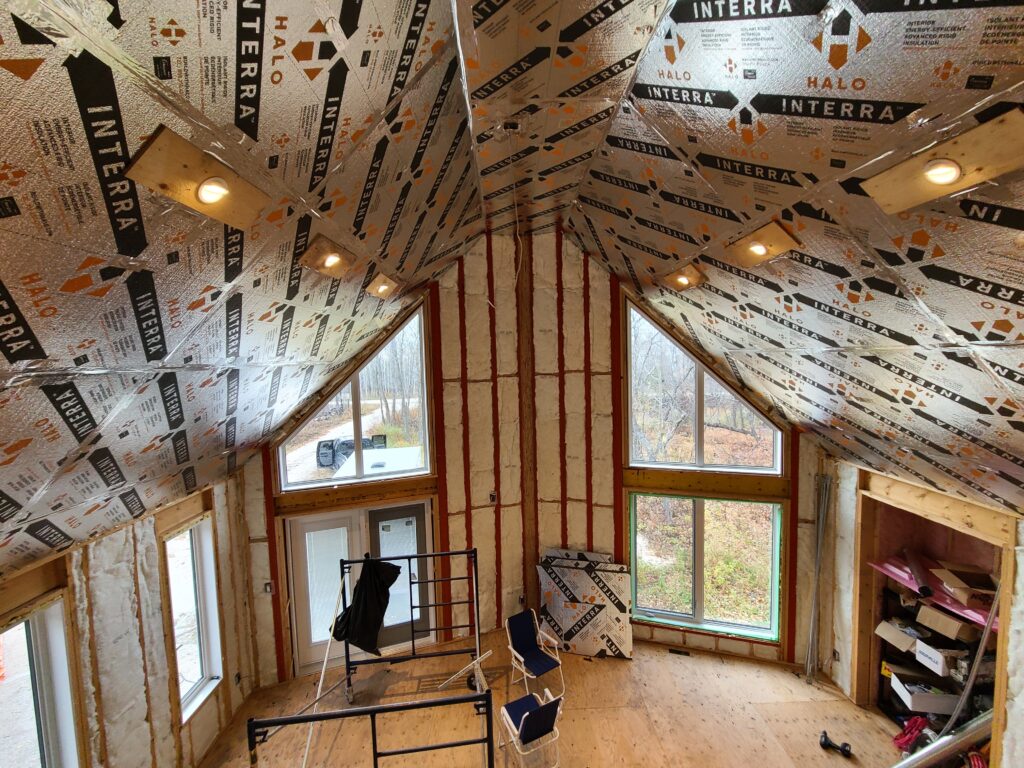
Insulating with Halo’s Interra eliminates the need for a separate vapor barrier (as long as you tape the edges), and also gives you a much better wall (or roof); the layer of continuous insulation adds critical R-Value to the assembly AND creates an effective thermal break. Read more to see how!
How To Turn Your Basement Into a Cozy Living Space with Halo Interra
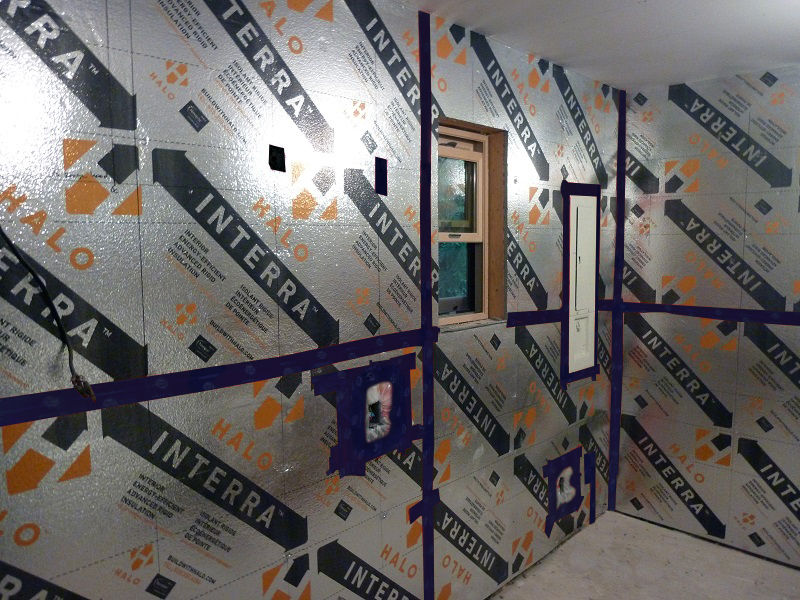
Halo’s Interra rigid insulation excels at insulating walls, floors, and ceilings — it offers a stable, long-term R-Value, acts as a vapor barrier when needed, and reflects heat back inside if you leave an air gap.
XPS HFC Bans Won’t Matter When You Use Halo
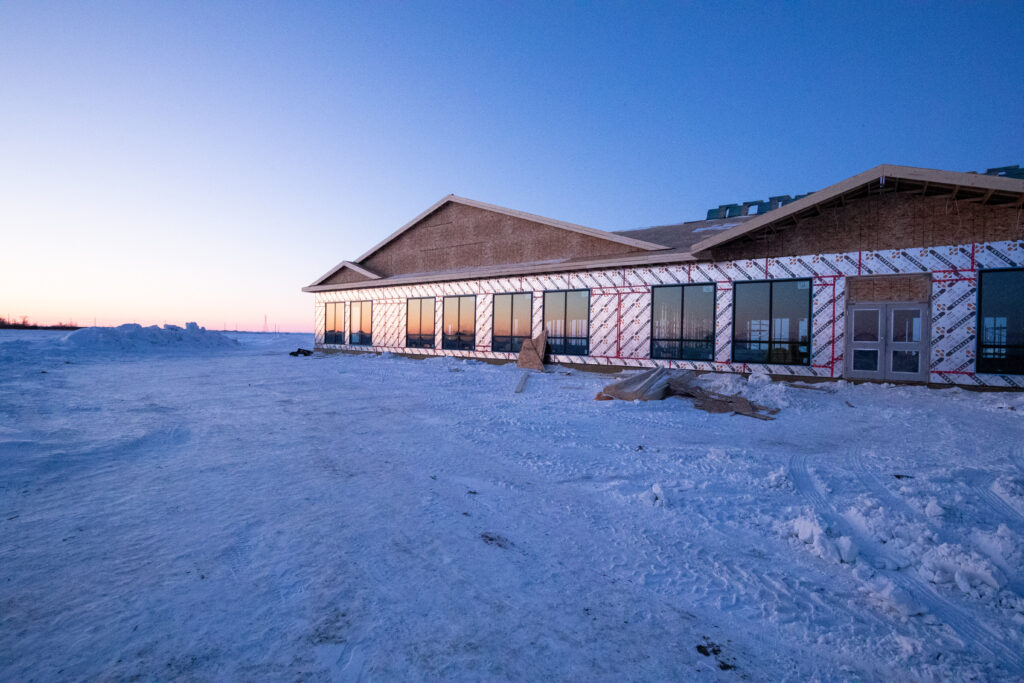
The entire US is on track to re-join the Paris Agreement and gradually ban HFCs. XPS is not the only high-performance product on the market, and with high, long-lasting R-values and a 0-HFC content, Halo’s GPS is already a better, cleaner alternative.
Can Foam Board Insulation Be Used Between Studs Instead of Batt Insulation?
Can Foam Board Insulation Be Used Between Studs Instead of Batt Insulation? This application is not typically recommended for the following reasons: Rigid foam board pieces are difficult to fit snugly between studs so you would have to spray foam to fill any gaps. Unlike loose-fill or batt, foam board insulation can’t easily be cut […]
High Performance Made Simple: an Airtightness Story

See how attention to detail and the right insulation products helped student-builders construct a beautiful (and airtight) home benefiting the YMCA.


